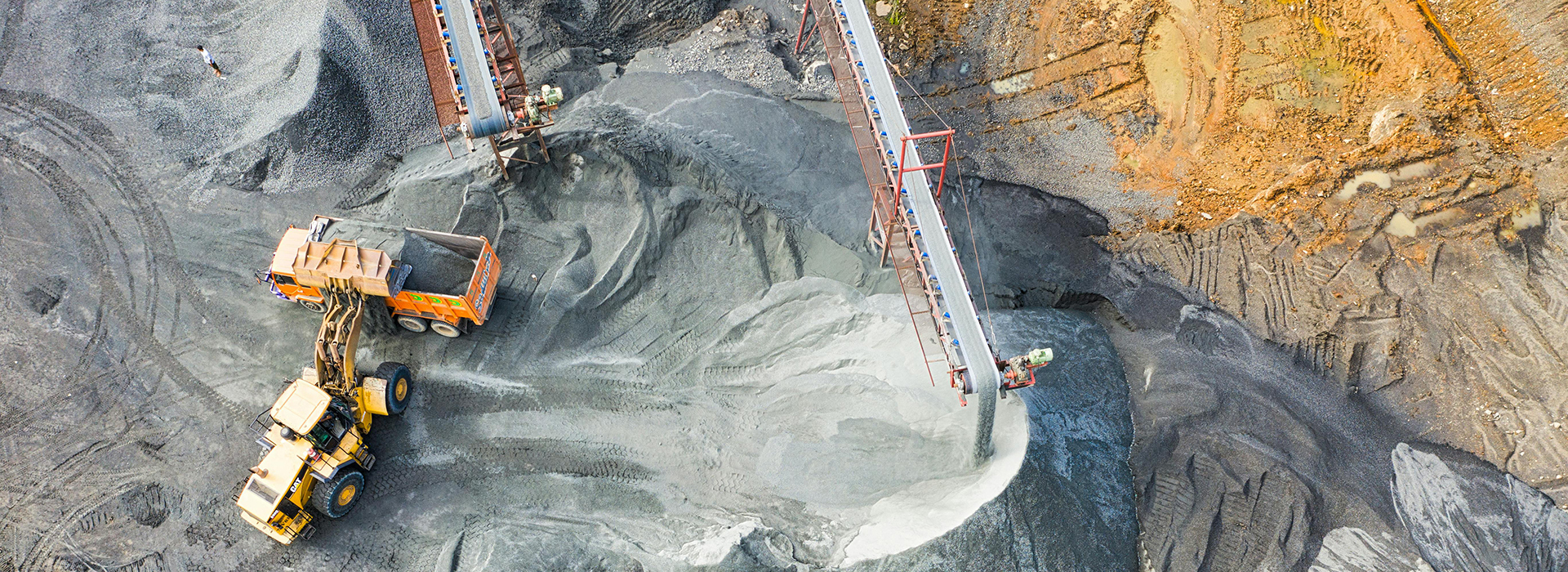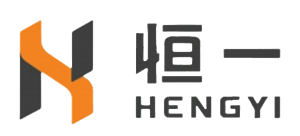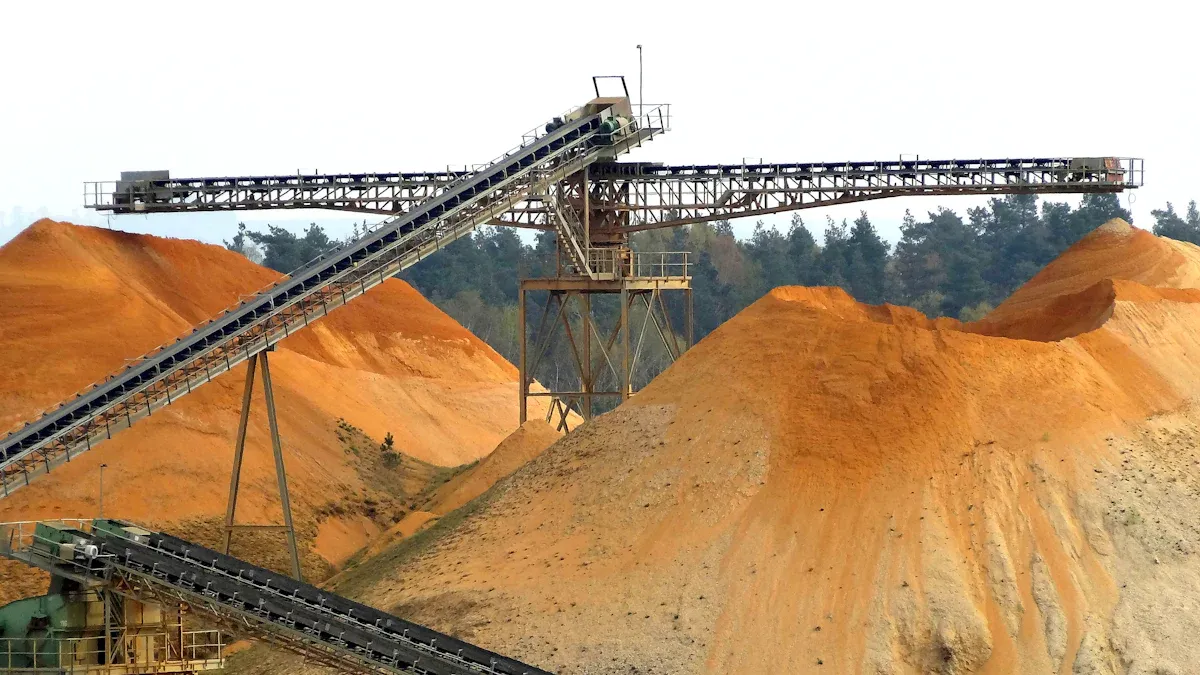
When to Choose Heavy Duty Rubber Conveyor Belt
2025-10-06 15:12Best Use Cases
Pick a heavy duty rubber conveyor belt when you need strength and long life. These belts are best for moving heavy or rough things. Here are some main ways people use them:
1. Mining and Quarrying: Move coal, ore, and rocks far.
2. Manufacturing: Carry raw stuff and finished goods between machines.
3. Recycling Facilities: Sort and move glass, metal, and plastic.
4. Ports: Move coal, ore, and grains from ships to storage.
5. Thermal Power Plants: Carry coal to boilers and take away ash.
Industry | Application |
|---|---|
Mining | Moving coal, ore, and rocks |
Manufacturing | Carrying raw materials and finished goods |
Recycling | Sorting and moving recyclable materials |
Construction | Handling heavy stuff and aggregates |
Ports | Moving bulk goods from ships to storage |
Tip: If your job has sharp, hot, or heavy things, these belts work best.
When to Consider Alternatives
Sometimes, a heavy duty rubber conveyor belt is not the right pick. You should look at other choices if your job needs something special. For example, if you need a belt that can handle strong chemicals or very high heat, steel or special synthetic belts might be better. If you need to fix belts fast, mechanical fasteners help more than rubber belts with vulcanized joints. Old or worn belts may not work well with vulcanization, so mechanical splicing is safer.
You might want other belts if:
· You move light or breakable things.
· Your system needs a belt that is easy to clean, like in food jobs.
· You want a belt that is easy to recycle or is better for the planet.
Note: Mechanical fasteners stop stuff from leaking through the belt. They also make fixing the belt faster and easier, especially if you cannot stop your system for long.
Decision Criteria
Think about a few things before you pick a conveyor belt. Use this checklist to help you choose:
· Material Compatibility: Make sure the belt fits what you move. For food or chemicals, you may need a special belt.
· Load Requirements: Check how heavy and big your stuff is. Pick a belt that can hold your heaviest loads.
· Operating Environment: Look at the temperature, wetness, and chemicals where you work. Some belts work better in hot or wet places.
· Speed and Efficiency: Decide how fast you need to move things. Some belts work better at high speeds.
· Strength and Durability: If you need a belt that lasts and does not break, rubber is a good pick.
· Corrosion Resistance: For jobs with lots of water or chemicals, pick a belt that will not rust or fall apart.
· Safety Factors: Make sure the belt can take hits and will not tear easily.
Criteria | Description |
|---|---|
Strength and Durability | Needed for heavy, rough, or sharp things |
Corrosion Resistance | Important for wet or chemical-heavy places |
Operating Temperature | Some belts work better in very hot or cold spots |
Material Type | Pick rubber, steel, or synthetic for your needs |
Dimensions and Load Capacity | Match the belt size and strength to your system |
Safety and Maintenance | Look for belts that are safe and easy to care for |
Remember: Always pick a belt that fits your job. If you move heavy, rough, or hot things, a heavy duty rubber conveyor belt is often the best pick. For other jobs, look at all your choices before you decide.
You get strong belts that last a long time. These belts work well and give good value for years. New green materials and smart sensors help you follow safety rules. They also help you protect the environment and stop breakdowns. More companies buy these belts as they use new ideas and machines. Think about what you need and where you work. Talk to experts to find the best belt for you. If you want to work faster, ask us for help or send us your questions.
FAQ
What makes heavy duty rubber conveyor belts different from regular belts?
You get more strength and durability with heavy duty rubber conveyor belts. These belts handle rough materials and heavy loads. You use them in tough places like mines and factories. Regular belts work best for light jobs.
How often should you check your conveyor belt for problems?
You should inspect your belt every week. Look for signs of wear, slipping, or misalignment. Early checks help you fix small issues before they become big problems.
Can you use heavy duty rubber conveyor belts in very hot or cold places?
Yes, you can use these belts in extreme temperatures. Many belts work from -73℃ to +260℃. You keep your system running even in harsh weather.
Are heavy duty rubber conveyor belts safe for food handling?
You should not use standard heavy duty rubber belts for food. Food-grade belts use special materials. If you need a belt for food, pick one made for safe food contact.
How do you know if a heavy duty rubber conveyor belt is right for your job?
Check your load size, material type, and work environment. If you move heavy, sharp, or hot items, you need a heavy duty rubber belt. Ask an expert for advice if you are unsure.

